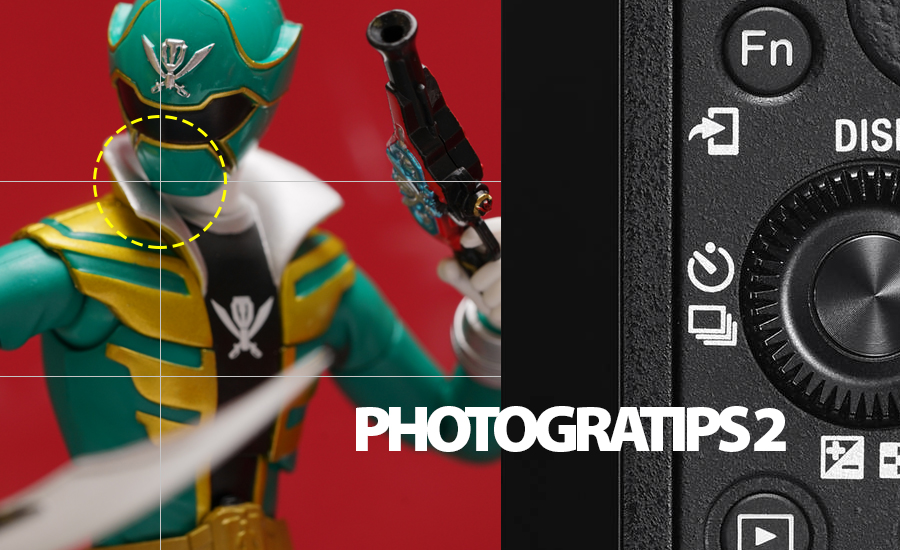Now that you know how the master trio works (exposure triangle – ISO, Aperture and Shutter Speed), it’s time to discuss the basics on photo composition. In this article, I’ll be giving the first three basic composition tips.
Rule of Thirds
As mathematical as it may sound, this photo composition is actually easy to learn. This is basically a simple guide or guideline on how to compose or frame your photos. The principle is that you need to consider the 9 equal segment on the photo and frame the photos in between each intersecting grid lines as your guide. You may refer to the photos below for examples.
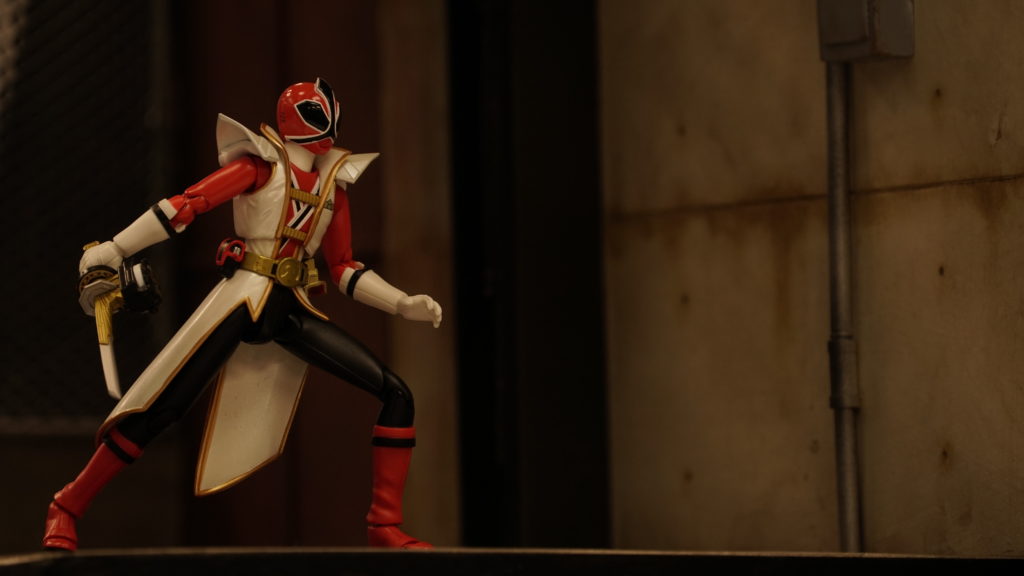

Imaginary Lines in your cameras.
Almost all cameras has the “rule of thirds” feature wherein in the screen of the camera will have grid lines as a guide for you when you’re about to take your shot. If you have mastered how the rule of thirds works, you may no longer bee needing this feature.
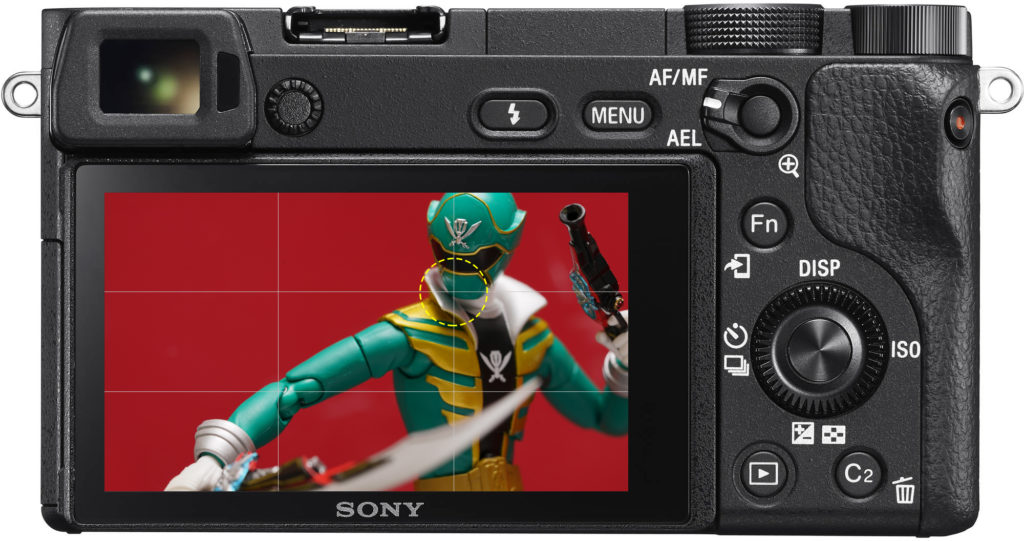
What is Depth?
Since you’ve learned about aperture in the first article, learning depth in composing your photos would be easier now.
Depth in photo composition is basically adding dimension in a flat photo. if you can make your photo pop from its background or foreground, you’ve already achieved how depth in photo composition works.
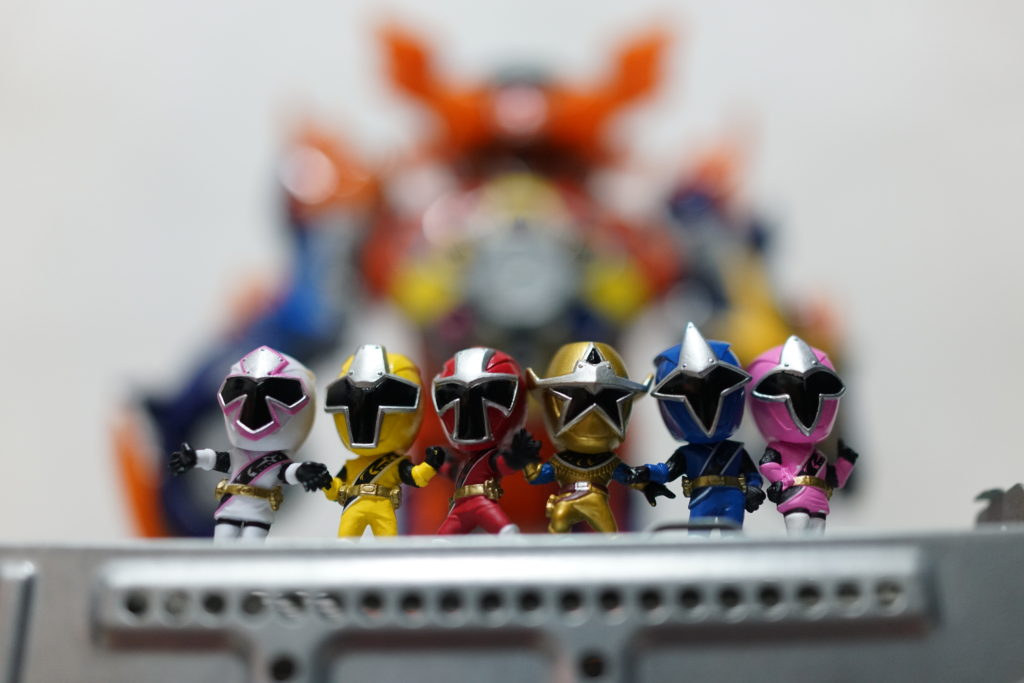
Depth Control
You can actually add elements in your foreground and/or background while placing your figure in the middle. You can also shoot outdoors – it would have a better effect for some photos. Elements present in your shots would emphasize the photos’ depth, you can add interesting elements and objects to add to the effect you’re after.
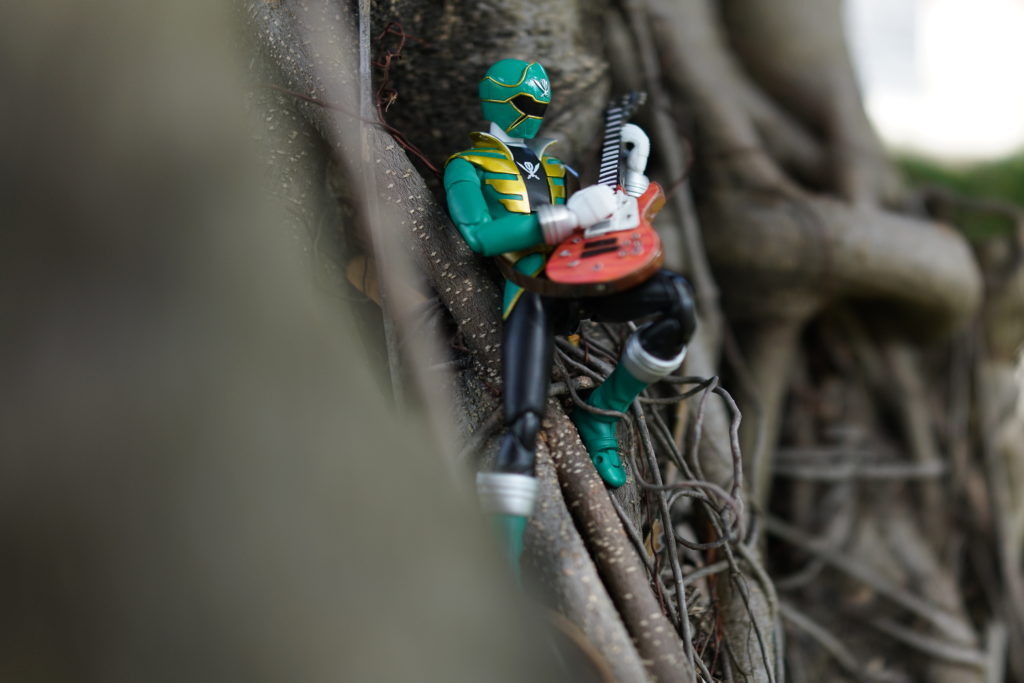
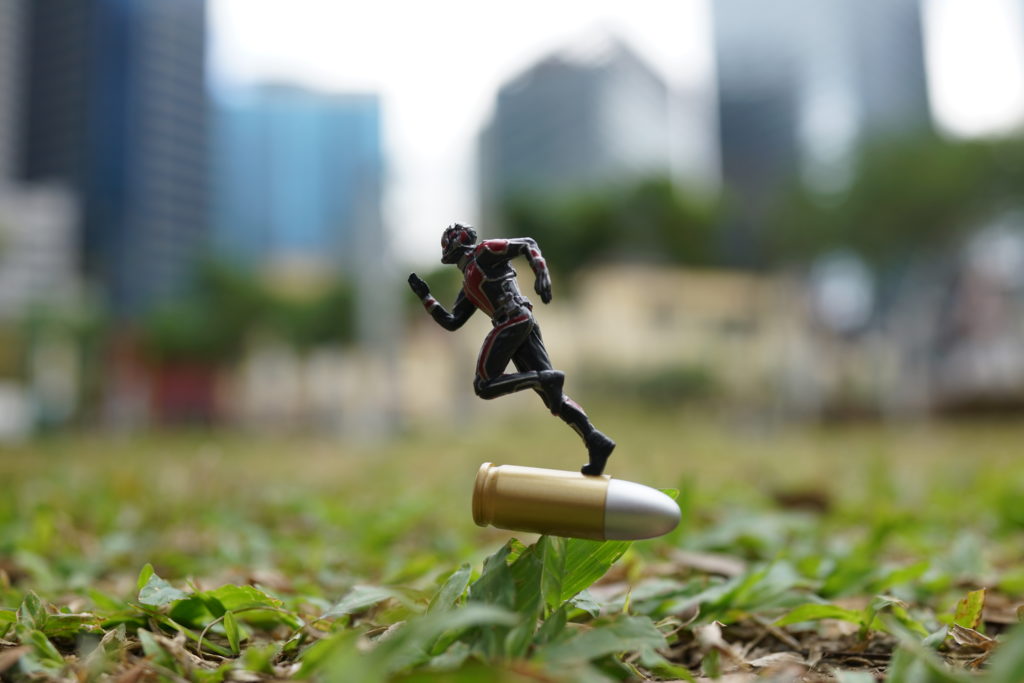
Cropping
Some say that a good photographer never crops their photos – well, I have to disagree on this. Personally, a good photo is a good photo regardless if it was cropped or not. If cropping the photo would make your photo appear better, I’d say you should do it. I’ll be sharing some tips on how you can crop your photos properly, edited or unedited.

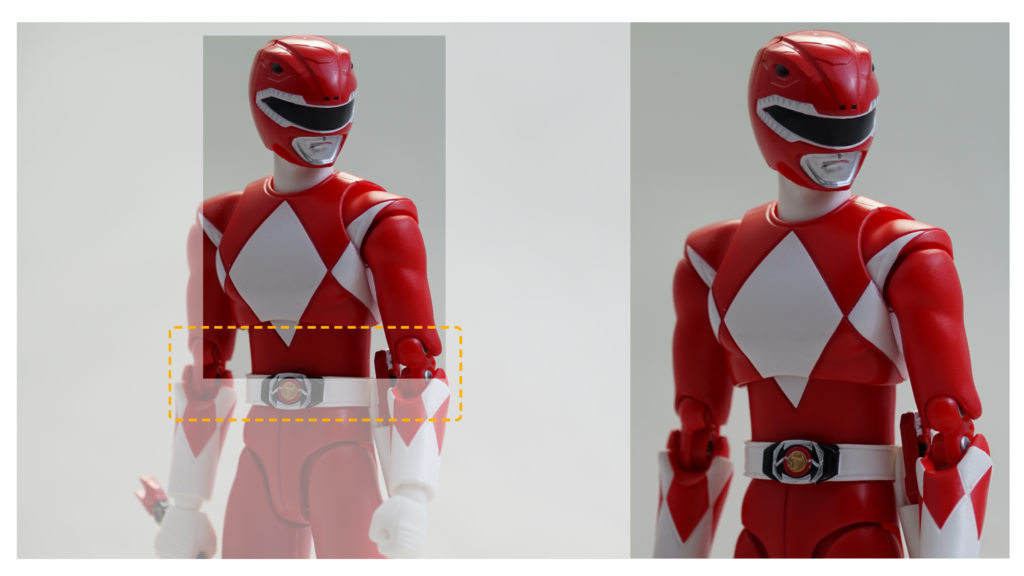
Never cut the joints – this principle also applies to figure photography as much as it does in human portraiture photography. Make sure to avoid cropping at the joints – basically at the parts that would appear painful if you cut them out. Imagine, you have a portrait of yourself, you and your neck only, you would look beheaded – looks painful right?
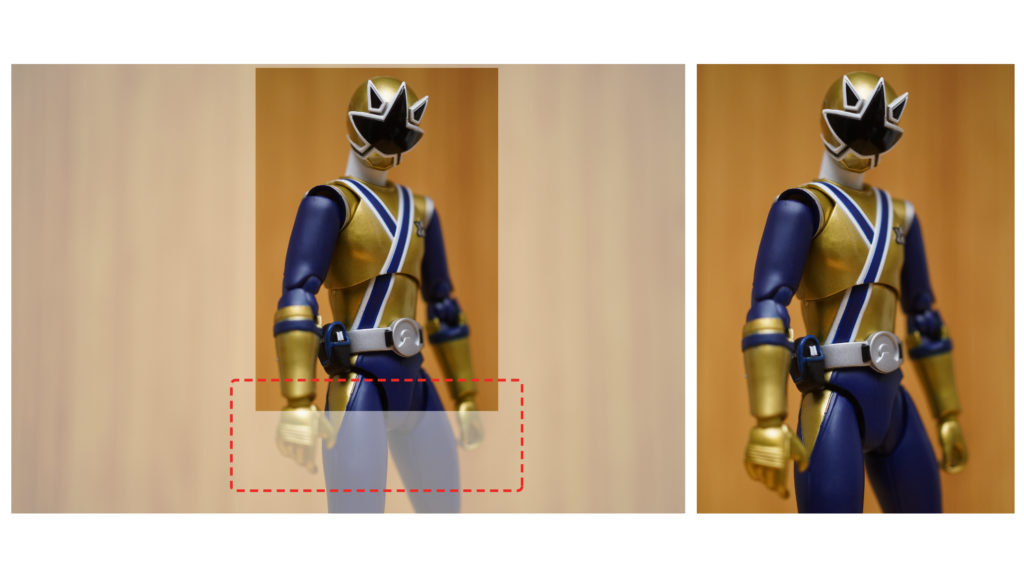

Consider the background: do not just crop the photo without looking at the photo as a whle. You should consider how it would look like/appear when it is cropped.
ORIGINAL

CROPPED
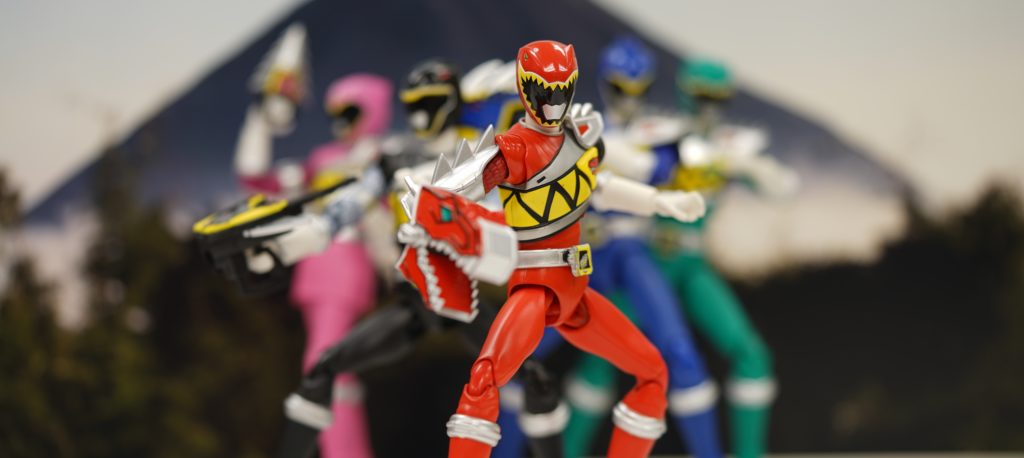

Eliminate necessary noise: as much as adding elements would help create dynamics in your photos, don’t forget that this would also make or break your entire photo. make sure to just crop what is needed: to much of something could be bad for your composition.
TOO MUCH ELEMENTS ON THE PHOTO
(Elements not scaled to the figure, a stem of grass is clearly visible)
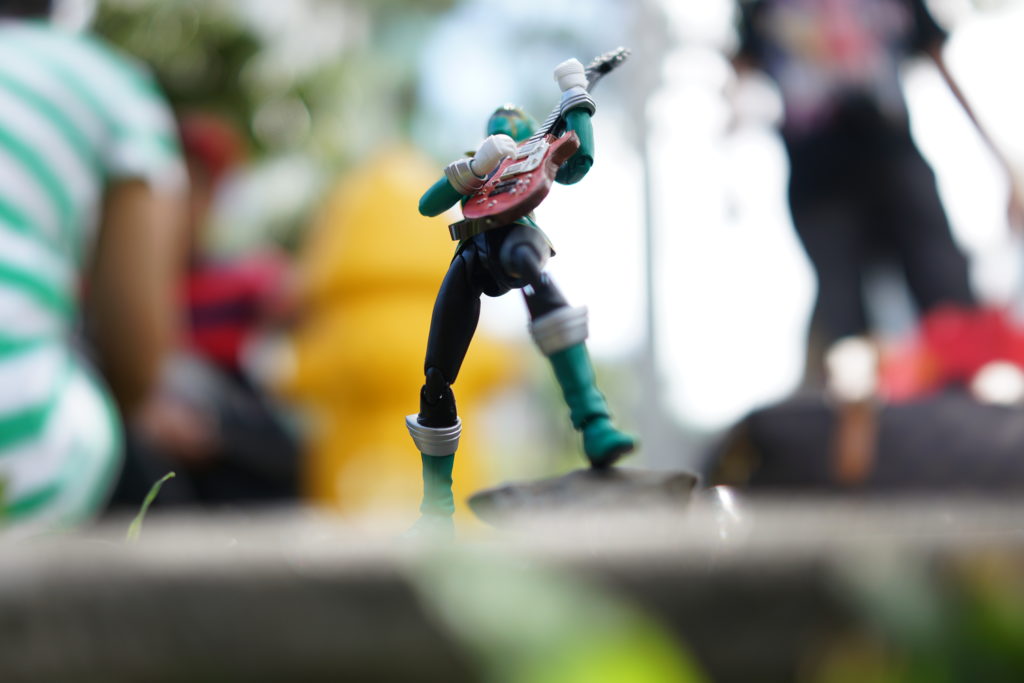

Since you’ve learned about the basics in photo composition, you can now practice and experiment on composing your shots. Don’t forget to be artistic and creative with your photos.
This is the first part of the composition tips and tricks, I’ll be posting part two real soon!

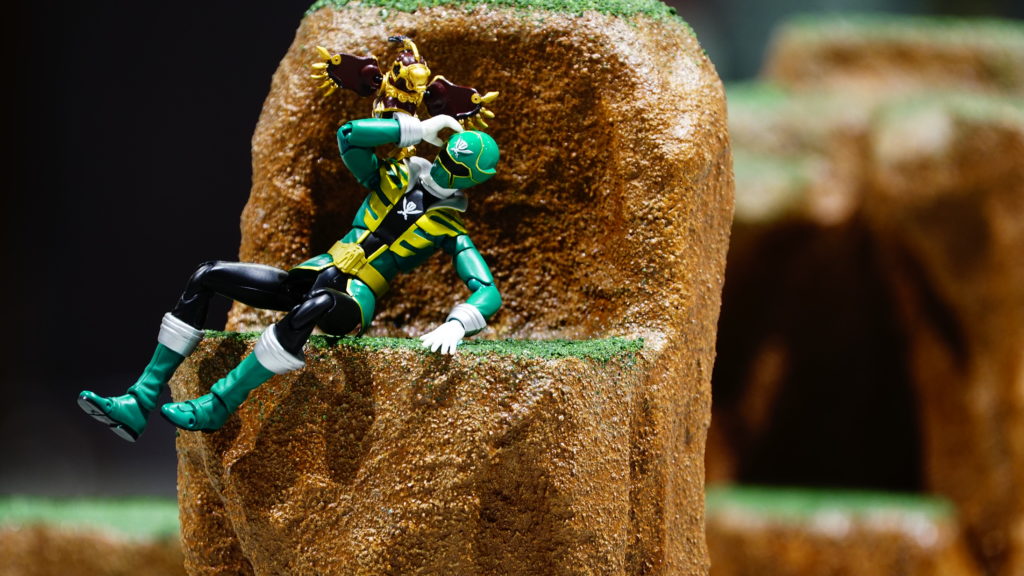
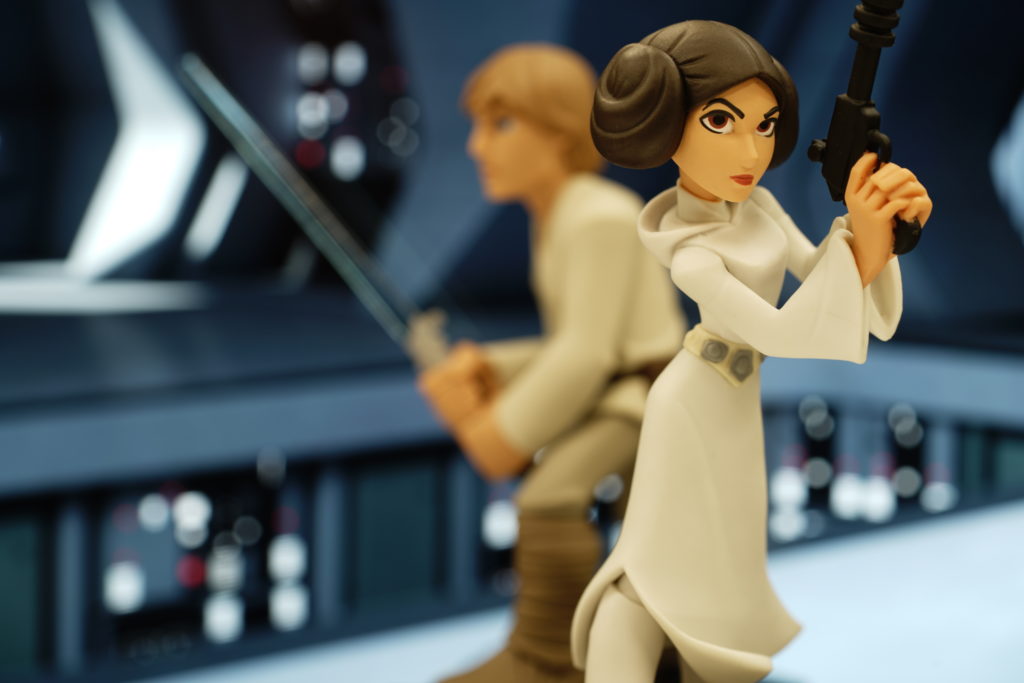
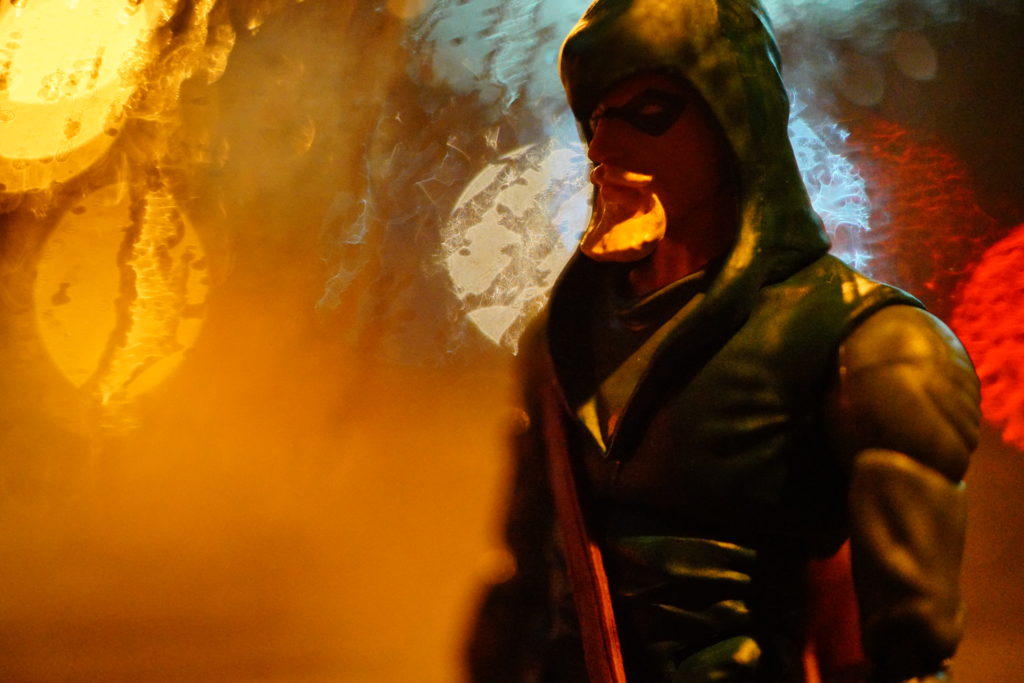
This article was featured in Phygure Magazine.
-jvr

